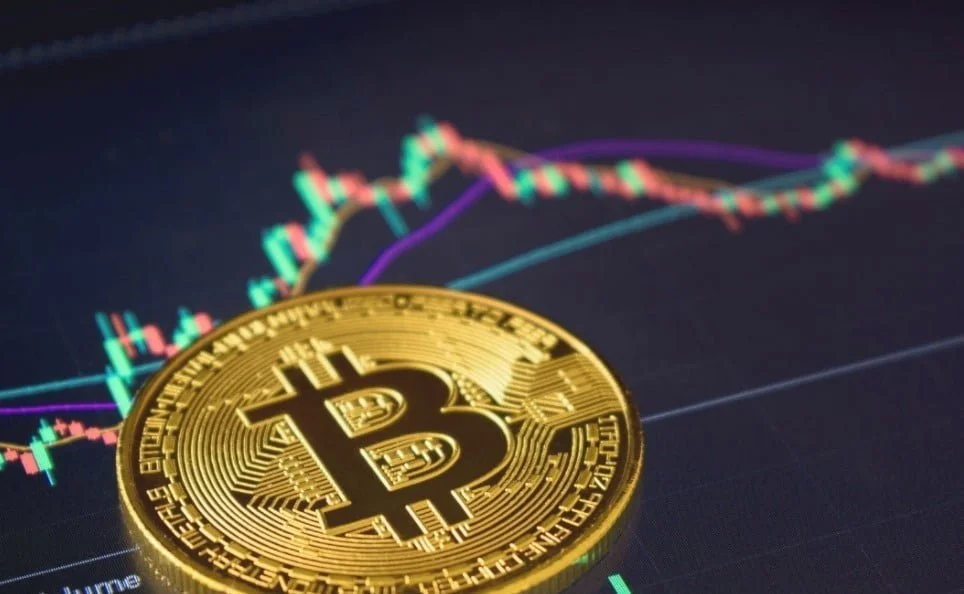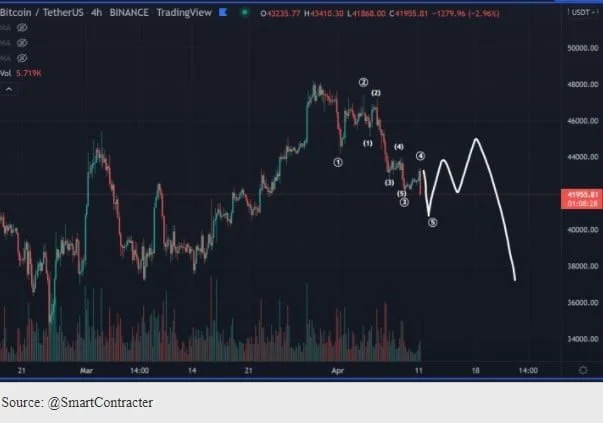Bitcoin (BTC) stretched its loss on Monday, slipping further into a trading range that it has occupied for most of the year. Analysts expect the token’s losses to worsen in the coming months as inflationary pressures and a hawkish Federal Reserve intensify.

BTC dropped 1% in the last 24 hours hitting a three-week low of $41,897.15. The token has nearly completely reversed its strong rally through the end-March when it reached near $48,000 highs for the first time in 2022.
A bulk of the token’s recent weakness has coincided with losses in other risk-driven assets. Stocks and foreign exchange were also routed as investors feared that the Federal Reserve will raise interest rates, which will reduce the margins on investing in several asset classes.
BTC to get support at $37k
BTC’s drop below $42,000 coincided with a temporary dip below its 200-day moving average, indicating that the token may be headed for even more severe losses below $40,000.
@SmartContracter, a crypto specialist, predicts the token will drop as low as $37-$38,000, its next key support level. While there may be a small relief rally in the near term, the world’s largest cryptocurrency appears to be on a declining trend.

A large number of long positions on BTC were also liquidated last week, according to recent data. Traders initially expecting additional gains in the cryptocurrency may now see a shift in opinion, given recent losses.
More headwinds to come?
BTC faces a slew of factors pushing its price lower, including rising inflation, increasing correlation with stocks, and an ongoing halving.
BTC’s correlation with U.S. technology stocks, particularly the Nasdaq 100 index, according to BitMEX CEO Arthur Hayes, would likely see it fall to $30,000 by June. The two main triggers for a potential crypto crash, according to him, are rising inflation and Fed pressure.
BTC will also see a halving ie a reduction in mining incentives. While halving is a strategy to keep BTC viable in the long term, it comes with the short-term consequence of putting downward pressure on prices.
